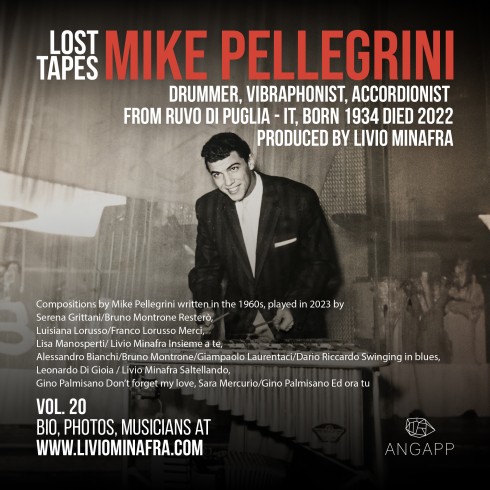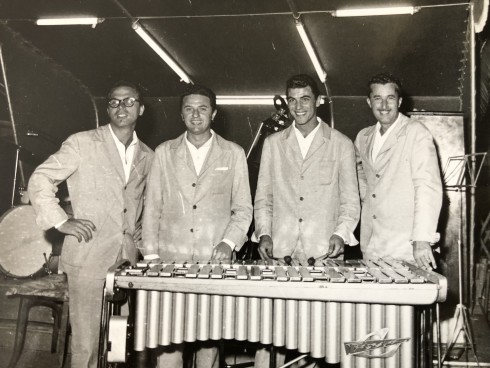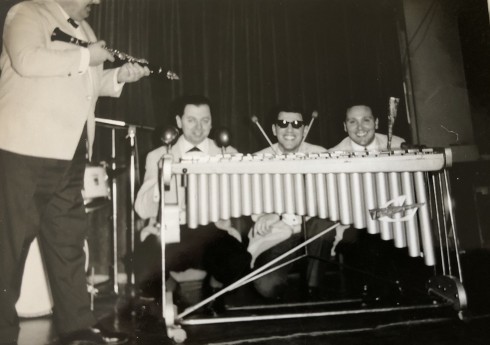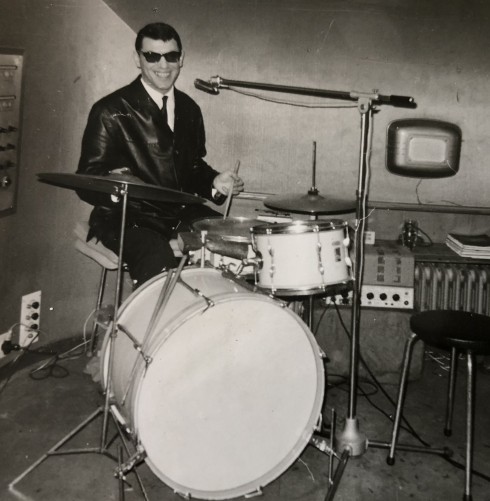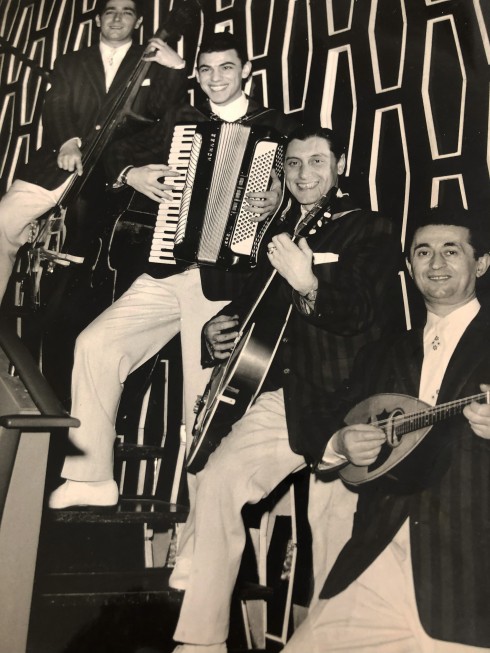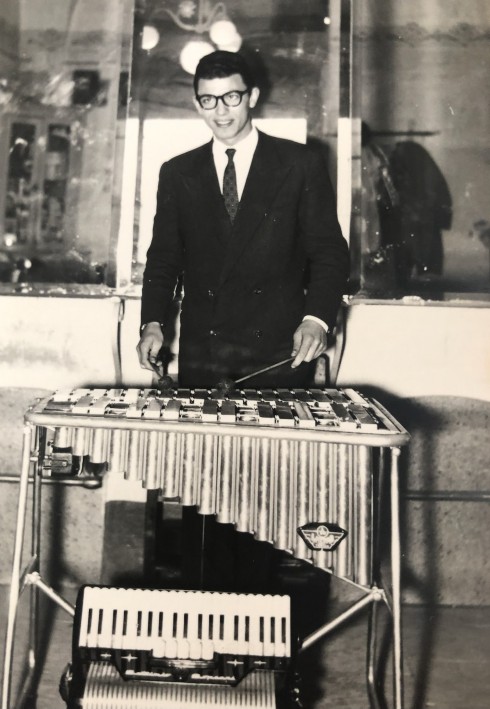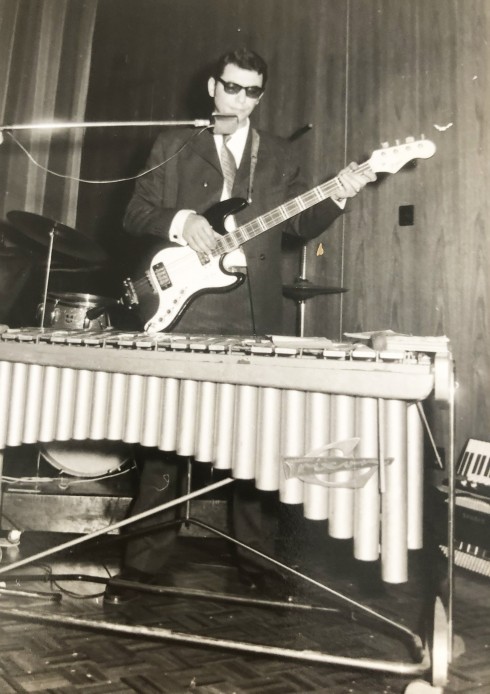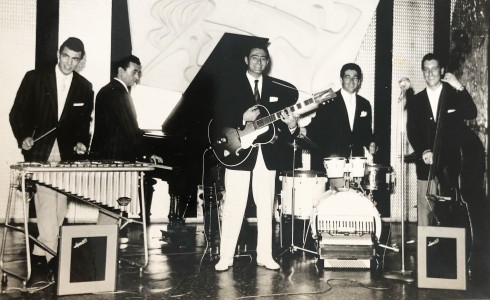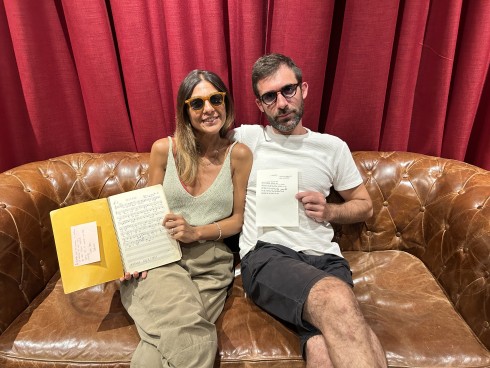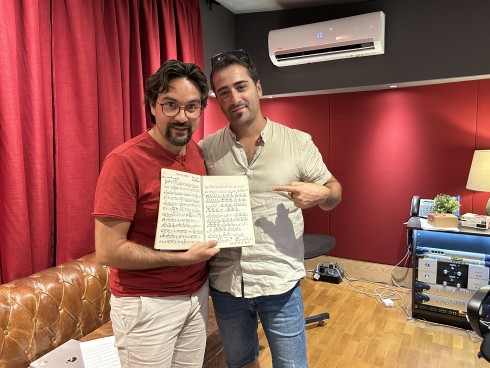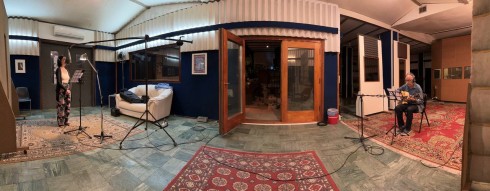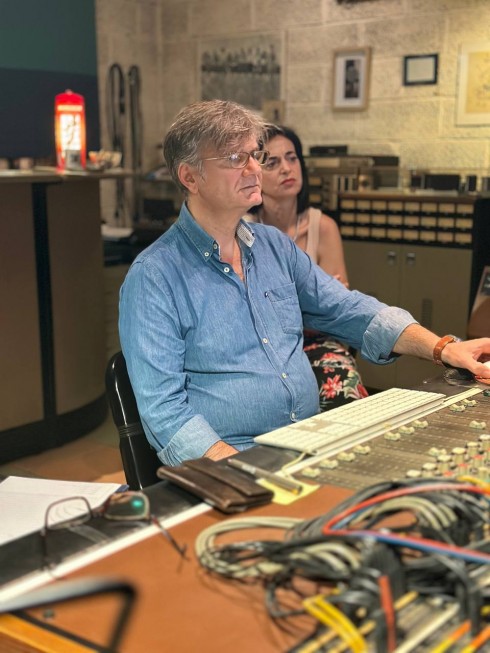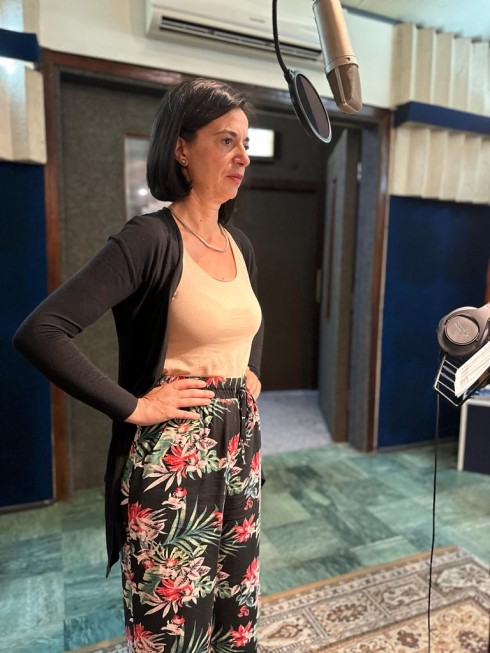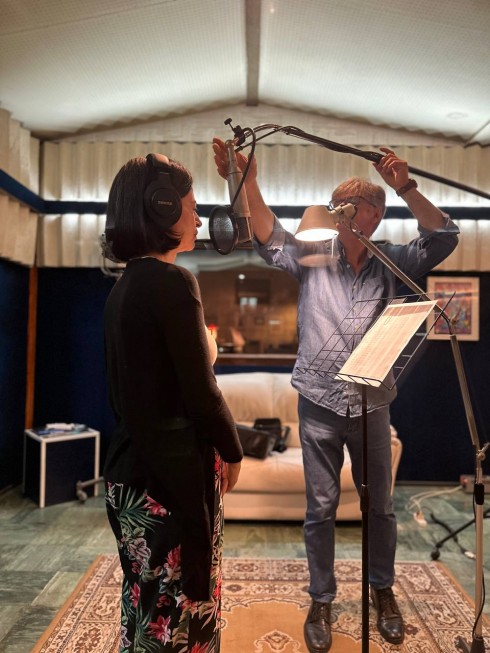Mike Pellegrini, pseudonym of Sabino Lagioia, was born in Bari in 1934. Soon adopted by the couple from Ruvo di Puglia, Marino Pellegrini (1888-1961) and Addolorata Lorusso, he took on the new surname and found himself in a family of musicians. Marino was indeed a witty person, and in his barber shop, there was always a celebration with beards, mandolin, and violin. Marino composed waltzes, mazurkas, and polkas and played a lot on the spot. Marino’s brother also played, but the noteworthy one was his nephew, Enzo Lorusso (1931-1966), a nationally renowned jazz musician, an excellent clarinetist and saxophonist, as well as Sabino’s cousin. In this fertile environment, a musician could only grow.
By 1943, Southern Italy was already turning the page on Nazi-fascism. Radio Bari, broadcasting in multiple languages, became a reference point for the Resistance and even played jazz for a while. In reality, jazz had been played during the fascist era under the name “Ritmo Sincopato”. The fact is that Sabino wanted to start playing the drums, constructing an improvised set (bass drum, snare drum, and cymbal) and soon joining a circuit of weddings, parties, and small gatherings in his hometown of Ruvo. In 1946, he enrolled in the Municipal Music School directed by Alessandro Amenduni to deepen his study of music. However, Sabino was not attracted to music theory, and he soon left school to pursue jazz once again. Listening to American records late at night in his father’s barbershop with his cousin, including Charlie Parker, Lionel Hampton, Art Tatum, strengthened his desire to do more. These were the years when, in addition to the drums, our protagonist was also delving into the accordion. Meanwhile, Enzo Lorusso, inspired by another jazz musician from Ruvo, Santino Tedone, had decided to match him and had already established contacts in Northern Italy. Sabino wanted to do the same. Seeking advice from his cousin, he received a blunt “niet”: “You won’t get anywhere with the accordion. Combine your drumming skills with keyboard knowledge and get yourself a vibraphone.” This is probably where Mike Pellegrini was born.
He indeed purchased a vibraphone from Bruno Giannini between ’52 and ’53 for 120,000 lire, making him one of the first vibraphonists in Puglia of that time. The fact is that at the age of 20, Enzo Lorusso arranged his first significant gig: the Kursaal Theater in Lugano, Switzerland, with the Damiano Lisena Light Music Ensemble from Molfetta. Many collaborations followed in Switzerland, Germany, and Norway with maestro Arturo Barghini (a kind of Fred Buscaglione), in Milan with the great accordionist Bruno Aragosti, for instance, at the Santa Tecla Saloon. It was at Santa Tecla where jam sessions took place on Fridays, and Pellegrini had the opportunity to meet Chet Baker, Flavio and Franco Ambrosetti, the Intra brothers, Franco Cerri, and thus gained appreciation. At that time, Franco Chiari was known for the vibraphone in Milan, but many believed that Pellegrini could give him a “run for his money.” Between ’57 and ’58, Franco Cerri suggested to Pellegrini to continue studying because he could become “great.”
But his sensitivity as a father, as a parent, in 1966, after a tour in Switzerland, upon hearing a remark from his wife, who had never stopped him from being a wandering musician, led him to make the decision to retire: “You know, Mike, Marina started crying and said to me, ‘Why isn’t my daddy ever here, and the other little girls always have their daddy here?'” A job in a factory and later in a bank would allow him to lead a dignified life and raise four children. But the story doesn’t end here. There is a crystalline moment that deserves to be told. The author, in 2023, during a meeting with Sabrina, the second daughter, stumbled upon a treasure trove of compositions, yellowed with age. Among Mike Pellegrini’s unpublished works that tell us a lot about the artist and the man, especially before making the decision to leave music. The pieces, sometimes songs, were written between August 1965 and July 1967. At that time, Mike already had a daughter, Marina, born in 1962. The compositions were all written in Switzerland, between Wengen and Arosa, with a numbering sequence from 1 to 7.
“Resterò,” August 29, 1965, in which Mike alludes to the great love with his wife: “Now I know why I was looking for you. A love so great does not exist, I know. I will stay with you.” Then, two days later, “Thanks, my God, for making me encounter love,” in “Merci.” In January ’66, a premonition in “Insieme a te”: “And then kissing and telling each other everything that was love, and remembering the days we lived together, traveling the world, thinking that one day, we will all be united here.” It would indeed happen at the end of ’66 with the decision to interrupt his career, just enough time to forever seal his love for jazz with “Swinging in Blues,” “Saltellando,” a musette waltz, an implicit homage to the waltzes his father Marino used to compose, “Don’t Forget My Love,” July ’67, with lyrics by Piero Maimone (now lost), and finally, track number 7, “Ed ora tu”, presumably dedicated to his little daughter born two years earlier, Sabrina, marking his choice towards family rather than the profession. Again, the lyrics are by Piero Maimone, lost but recreated in 2023 by Sara Mercurio. Mike Pellegrini passed away in 2022 in the Abruzzo region, where he had retired.
Livio Minafra
Ruvo di Puglia, January 1, 2024

 English
English Italiano
Italiano